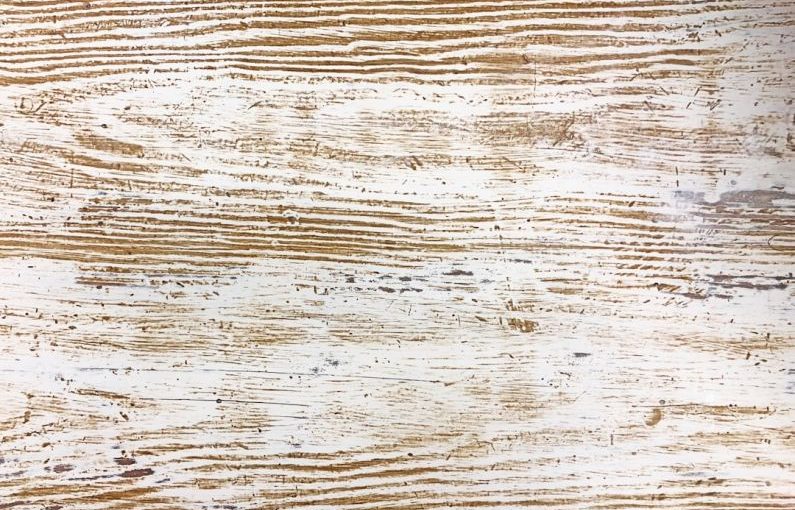Wood carving is a timeless art form that has been practiced for centuries across various cultures. One essential tool in the wood carving arsenal is the gouge. Gouges play a crucial role in shaping wood and creating intricate details in sculptures, furniture, and decorative pieces. Understanding the different types of gouges and their uses is key to mastering the craft of wood carving.
**Anatomy of a Gouge**
Before delving into the types and uses of gouges, it’s essential to understand the basic anatomy of this versatile tool. A gouge consists of a curved metal blade with a sharp edge and a handle for gripping. The blade of a gouge may vary in size and curvature, depending on the specific type of gouge. The handle is typically made of wood or plastic and is ergonomically designed to provide comfort and control during carving.
**Types of Gouges**
1. **Straight Gouge**: The straight gouge features a blade with a uniform curve along its length. This type of gouge is versatile and is used for making straight, shallow cuts, as well as for hollowing out larger areas of wood. Straight gouges come in various sizes, with smaller gouges suited for intricate detail work and larger gouges ideal for removing more significant amounts of material.
2. **Bent Gouge**: Bent gouges, also known as spoon gouges, have a curved blade that is bent at an angle near the handle. This design allows for greater control and precision when making curved cuts or hollowing out concave shapes in wood. Bent gouges are commonly used for carving bowls, spoons, and other projects that require intricate, rounded details.
3. **V-Parting Gouge**: V-parting gouges have a V-shaped blade that tapers to a point. These gouges are specifically designed for making deep, narrow cuts, such as creating fine lines, carving lettering, or defining sharp edges in wood carving projects. V-parting gouges are available in different angles and sizes to accommodate various carving needs.
4. **Fishtail Gouge**: Fishtail gouges feature a blade that widens towards the cutting edge, resembling the shape of a fish’s tail. This unique design allows for greater control and visibility when making precise cuts and detailing in wood carving. Fishtail gouges are often used for intricate work, such as carving intricate patterns, textures, or delicate features in sculptures.
5. **U-Gouge**: U-gouges, as the name suggests, have a U-shaped blade that is ideal for making wide, sweeping cuts and hollowing out larger areas of wood. U-gouges are commonly used for roughing out the initial shape of a carving, as well as for creating smooth, rounded surfaces in wood sculptures and furniture pieces.
**Uses of Gouges**
Each type of gouge serves a specific purpose in wood carving, and mastering their uses is essential for achieving precision and detail in your projects. Straight gouges are perfect for shaping and smoothing surfaces, while bent gouges excel at creating curved, concave shapes. V-parting gouges are ideal for adding fine details and sharp edges, while fishtail gouges are excellent for intricate work that requires precision and control. U-gouges, on the other hand, are great for removing larger amounts of material and roughing out the basic form of a carving.
**Mastering the Art of Wood Carving with Gouges**
In conclusion, gouges are indispensable tools for wood carvers looking to create intricate and detailed pieces of art. Understanding the different types of gouges and their uses is crucial for mastering the art of wood carving. By experimenting with various gouges and honing your carving techniques, you can unlock the full potential of these versatile tools and bring your wood carving projects to life with precision and artistry.





